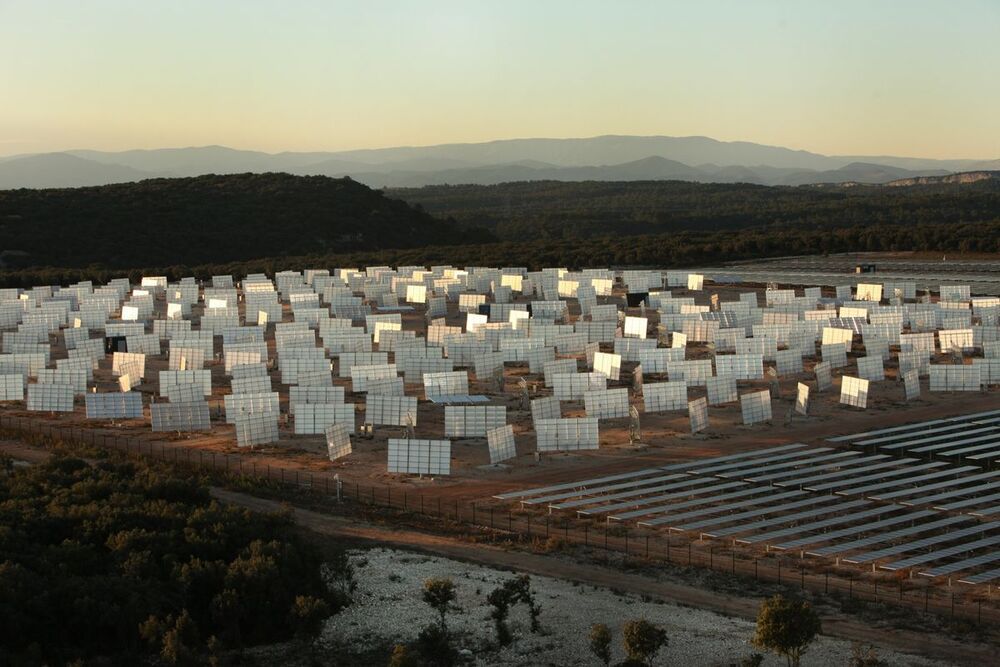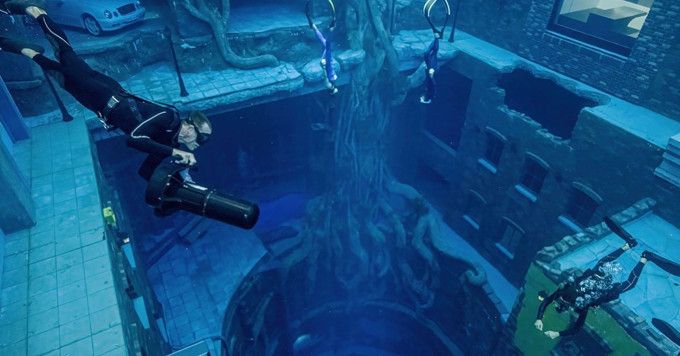Great Discoveries Channel
Get the latest international news and world events from around the world.
Dating AI Robots, with Elon Musk & Boston Dynamics
A Dangerous AI and Robot Dance, with Elon Musk, Tom Scott & Pissbot (aka Boston Dynamics’ Spot).
We’re new to youtube, so comments and subs are really helpful.
Tom Scott’s video about grocery store robots: https://youtu.be/ssZ_8cqfBlE
Michael Reeves teaches Boston Dynamics’ robot dog spot to pee beer: https://youtu.be/tqsy9Wtr1qE
Microscopic robots, Itai Cohen, Cornell University: https://youtu.be/Wl6uw8dRrPA
Robot chair dance, Mattias Lindström (Swebounce): https://youtu.be/m7NxnPbOZFE


Harvard-MIT Quantum Computing Breakthrough – “We Are Entering a Completely New Part of the Quantum World”
Team develops simulator with 256 qubits, largest of its kind ever created.
A team of physicists from the Harvard-MIT Center for Ultracold Atoms and other universities has developed a special type of quantum computer known as a programmable quantum simulator capable of operating with 256 quantum bits, or “qubits.”
The system marks a major step toward building large-scale quantum machines that could be used to shed light on a host of complex quantum processes and eventually help bring about real-world breakthroughs in material science, communication technologies, finance, and many other fields, overcoming research hurdles that are beyond the capabilities of even the fastest supercomputers today. Qubits are the fundamental building blocks on which quantum computers run and the source of their massive processing power.

Harnessing AI to Discover New Drugs: Rewriting the Rulebook for Pharmaceutical Research
Artificial intelligence (AI) is able to recognize the biological activity of natural products in a targeted manner, as researchers at ETH Zurich have demonstrated. Moreover, AI helps to find molecules that have the same effect as a natural substance but are easier to manufacture. This opens up huge possibilities for drug discovery, which also has potential to rewrite the rulebook for pharmaceutical research.
Nature has a vast store of medicinal substances. “Over 50 percent of all drugs today are inspired by nature,” says Gisbert Schneider, Professor of Computer-Assisted Drug Design at ETH Zurich. Nevertheless, he is convinced that we have tapped only a fraction of the potential of natural products. Together with his team, he has successfully demonstrated how artificial intelligence (AI) methods can be used in a targeted manner to find new pharmaceutical applications for natural products. Furthermore, AI methods are capable of helping to find alternatives to these compounds that have the same effect but are much easier and therefore cheaper to manufacture.
And so the ETH researchers are paving the way for an important medical advance: we currently have only about 4000 basically different medicines in total. In contrast, estimates of the number of human proteins reach up to 400000, each of which could be a target for a drug. There are good reasons for Schneider’s focus on nature in the search for new pharmaceutical agents. “Most natural products are by definition potential active ingredients that have been selected via evolutionary mechanisms,” he says.



Can we explain dark matter
Dark matter could be even weirder than anyone thought, say cosmologists who are suggesting this mysterious substance that accounts for more than 80% of the universe’s mass could interact with itself.
“We live in an ocean of dark matter, yet we know very little about what it could be,” Flip Tanedo, an assistant professor of physics and astronomy at the University of California Riverside, said in a statement.

World’s deepest pool with underwater city, caves for exploration opens
It makes an Olympic swimming pool look like a puddle.
As if Dubai wasn’t filled with enough record-breaking attractions, the United Arab Emirates metropolis is now home to the world’s deepest pool, complete with an underwater city, caves and more.
“An entire world awaits you at Deep Dive Dubai, the world’s deepest pool,” wrote crown prince of Dubai Sheikh Hamdan bin Mohammed bin Rashid Al Maktoum, on Instagram. He was one of the first to visit the engineering marvel on July 7.

Scientist Invents Toilet That Turns Poop Into Green Energy
The toilet could turn roughly a pound of solid human waste, the average amount a human poops in a day, into an impressive 50 liters of methane gas, according to Cho. That means it can generate half a kilowatt hour of electricity, enough to drive an electric car for three quarters of a mile.
And because its 2021 — a day and age in which nothing is safe from the world of cryptocurrencies — Cho came up with a virtual currency called Ggool, or “honey” in Korean. Every use of the toilet scores you 10 Ggool per day, which can be used to buy stuff on the university’s campus.
“I had only ever thought that feces are dirty, but now it is a treasure of great value to me,” a postgraduate student Heo Hui-jin who’s both earned and spent Ggool, told Reuters. “I even talk about feces during mealtimes to think about buying any book I want.”